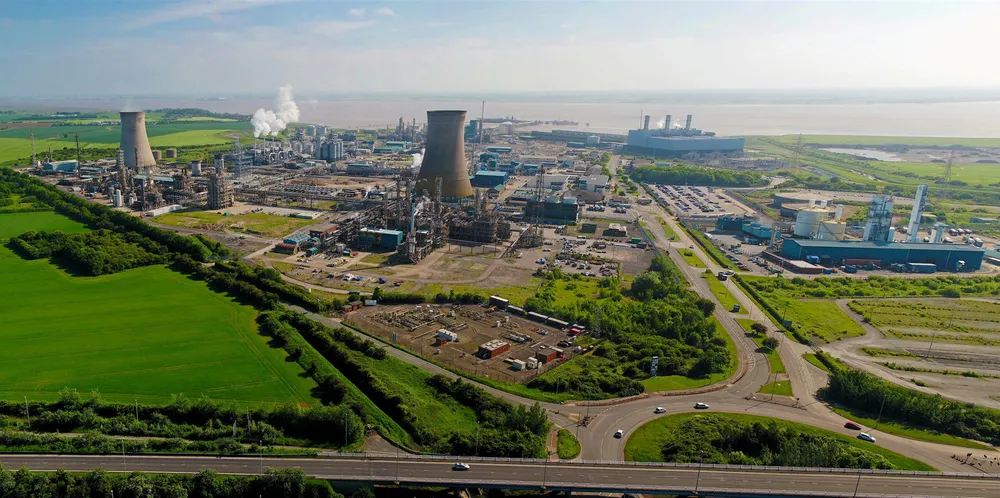'Barely possible' | Can blue hydrogen meet the definition of ‘low-carbon’ in UK’s new H2 plans?
Market leader Equinor says the rule for allowable total emissions is ‘strict, but feasible’ for the technology, but others are more pessimistic

Market leader Equinor says the rule for allowable total emissions is ‘strict, but feasible’ for the technology, but others are more pessimistic
